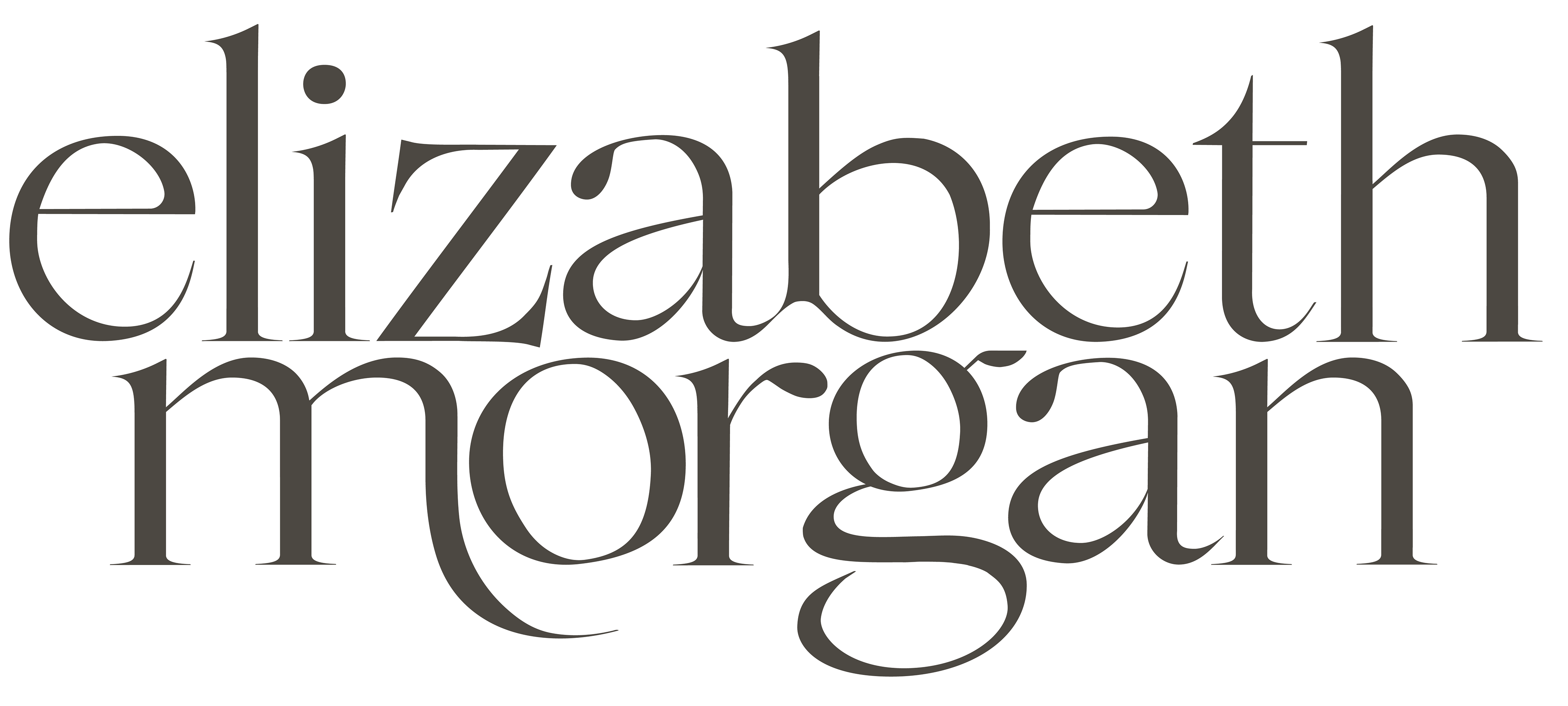I love my bed and I think everyone should love their bed. Here's a breakdown of all things bedding to help demystify the various elements of a comfy bed.
Sheets
From linen to cotton and all the materials in between there are a lot of options when it comes to your sheets. This is the part of your bedding that actually touches your skin so it's important to find what feels best for you!
Linen is great for keeping you cool and having a casual look. I always recommend linen for people who don't love making their bed everyday - the naturally wrinkly material is a good option for just embracing the relaxed, "I don't care" look. Depending on the quality, linen can feel a bit scratchy to some but will soften with time.
Cotton falls into two main categories - percale and sateen. Percale is a flat weave with a cool, crisp feel. Sateen is a satin weave which feels smoother and a bit shiny. Cotton sheets is where you often see variations in thread count - higher thread counts generally mean higher quality, denser construction. Typically between 200-800 thread count is considered good quality, but I'd advise to look for 400+ count.
Silk sheets are luxurious and have a reputation for being great for your hair and skin. There are many types of silk (Charmeuse, Mulberry, Habotai, Duppoini) and quality within each type can vary greatly. Typically Mulberry silk is considered the best quality, but make sure to look for silk with momme weight of 14+ (this is like thread count for cotton).
My personal favorite sheets are 800 thread count sateen!
We'll start with sleeping pillows - these are the ones you actually place your head on at night. Generally you'll see two types - down and down-alternative. Down pillows are a combination of down and feather, the ratio varies depending on quality. Down-alternative pillows are filled with a type of synthetic fiber considered to be hypoallergenic. If you opt for down pillows look for a down/feather ratio of at least 80/10 (sometimes more commonly referred to as "premium" when specifics aren't given). There key here is to have more down than feathers. Fill varies for both down and down-alternative pillows and corresponds to the type of sleeper. Side sleepers will opt for firm/higher fill, back and side sleepers may opt with medium fill, and stomach sleeps will go for soft fill pillows.
I generally go for a high-quality down-alternative pillow because I feel the loft lasts better over time, while down pillows tend to lose their "fluffiness" more quickly.
On to decorative pillows or shams. People love to joke about extra pillows on beds, but shams actually serve the purpose of keeping your sleeping pillows clean and dust-free! They're also a great way to add something to lean on for reading or sitting up in bed. And admittedly, they're a nice way to tie your bed together aesthetically! Here you'll find various options in terms of size - standard, king, euro, etc.
For shams, I don't worry as much about the fill material and focus instead on size. I'm biased toward a large scale pillow against the headboard, sleeping pillows between, and a standard sham in front. Plus any small throw pillows for an extra touch!
Duvet
I personally believe every bed needs a duvet. I think it's the most comfortable way to sleep and with warm and cool season options there's something for every temperature. Similarly to pillows you'll find down and down-alternative options with various fills. Contrary to my pillow preference, I prefer a down fill duvet insert. I find the synthetic duvet insert fills to lack breathability and tend to be hotter (despite some claims to actually be more breathable). Since this part of your bedding lays on top of you, rather than under your head, I find the down loft does hold up over time.
